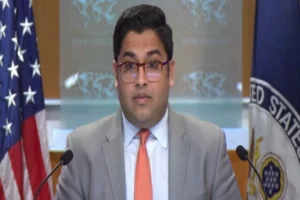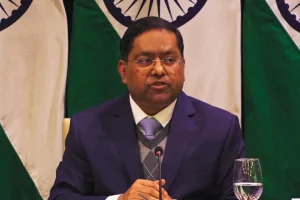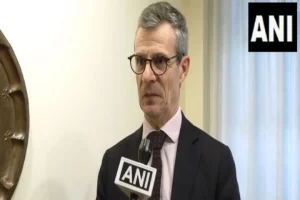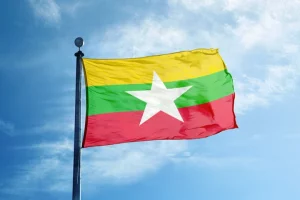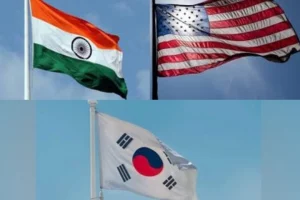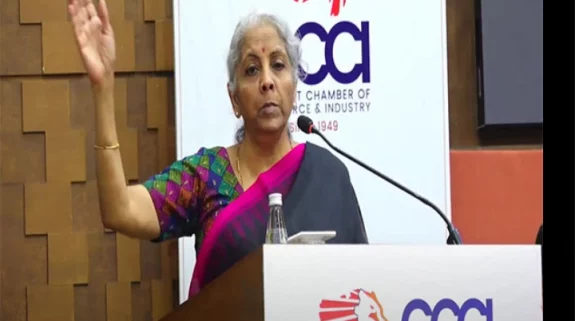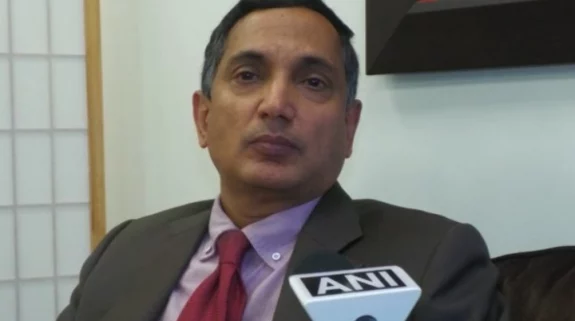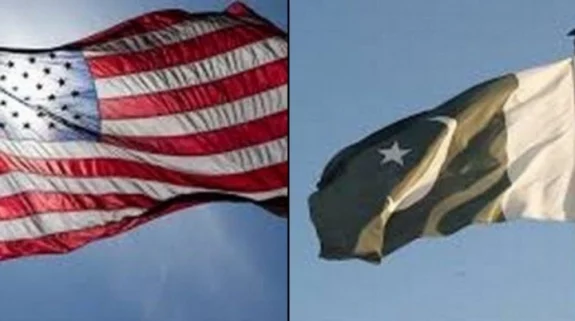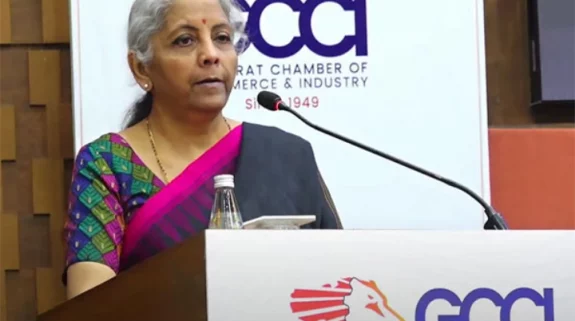India’s ties with far-flung regions are evident from written and oral history as well as monuments that showcase vibrant diplomatic, cultural and economic exchanges between two civilizational States.
While India and Vietnam signed an important and strategic “Joint Vision Statement on India-Vietnam Defence Partnership towards 2030”, ties between the nations go back to thousands of years before. This is evident from the ruins of My Son cluster of Hindu temples which were built between 4th and 13th Centuries and are located in central Vietnam.
Dedicated to Lord Shiva – known by varied local names like Bhadreshvara – these were built by Kings of Champa. Situated in Duy Xuyen, an administrative district in Quảng Nam Province in Central Vietnam, these temples are 10 kilometres from the historic Champa capital of Trà Kiệu.

Shivling discovered in My Son Temple, Vietnam in 1928 (Pic. Courtesy Twitter/@VertigoWarrior)
My Son was an important site for religious ceremonies conducted for the kings of the Champa while it also doubled as a burial place for the royalty and national heroes. Closely associated with Indrapura and Simhapura, the complex at one point of time had more than 70 temples and several steles with inscriptions in Sanskrit and Cham.
The longest inhabited archaeological site in Indochina, My Son’s architecture was badly damaged during US bombing during the Vietnam War. The temple complex is one of the foremost in Southwest Asia and is compared with others like Angkor Wat of Cambodia and Wat Phou of Laos, etc.
The UNESCO in 1999 recognized My Son as a world heritage site.
Also read: Open Court With Dr. KK Muhammed Ep 1: India's Lost Heritage And Artifacts | My Heritage My Pride








